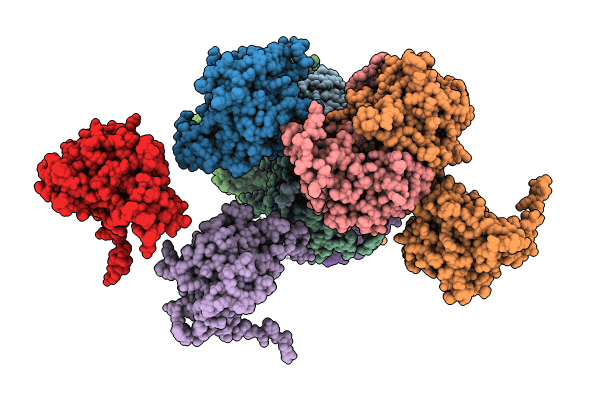
Deposition Date
2023-10-19
Release Date
2024-07-31
Last Version Date
2024-09-04
Entry Detail
PDB ID:
8QWB
Keywords:
Title:
Crystal structure of citrate synthase from Methylophaga sulfidovorans
Biological Source:
Source Organism:
Methylophaga sulfidovorans (Taxon ID: 45496)
Host Organism:
Method Details:
Experimental Method:
Resolution:
3.20 Å
R-Value Free:
0.32
R-Value Work:
0.28
Space Group:
P 1 21 1


